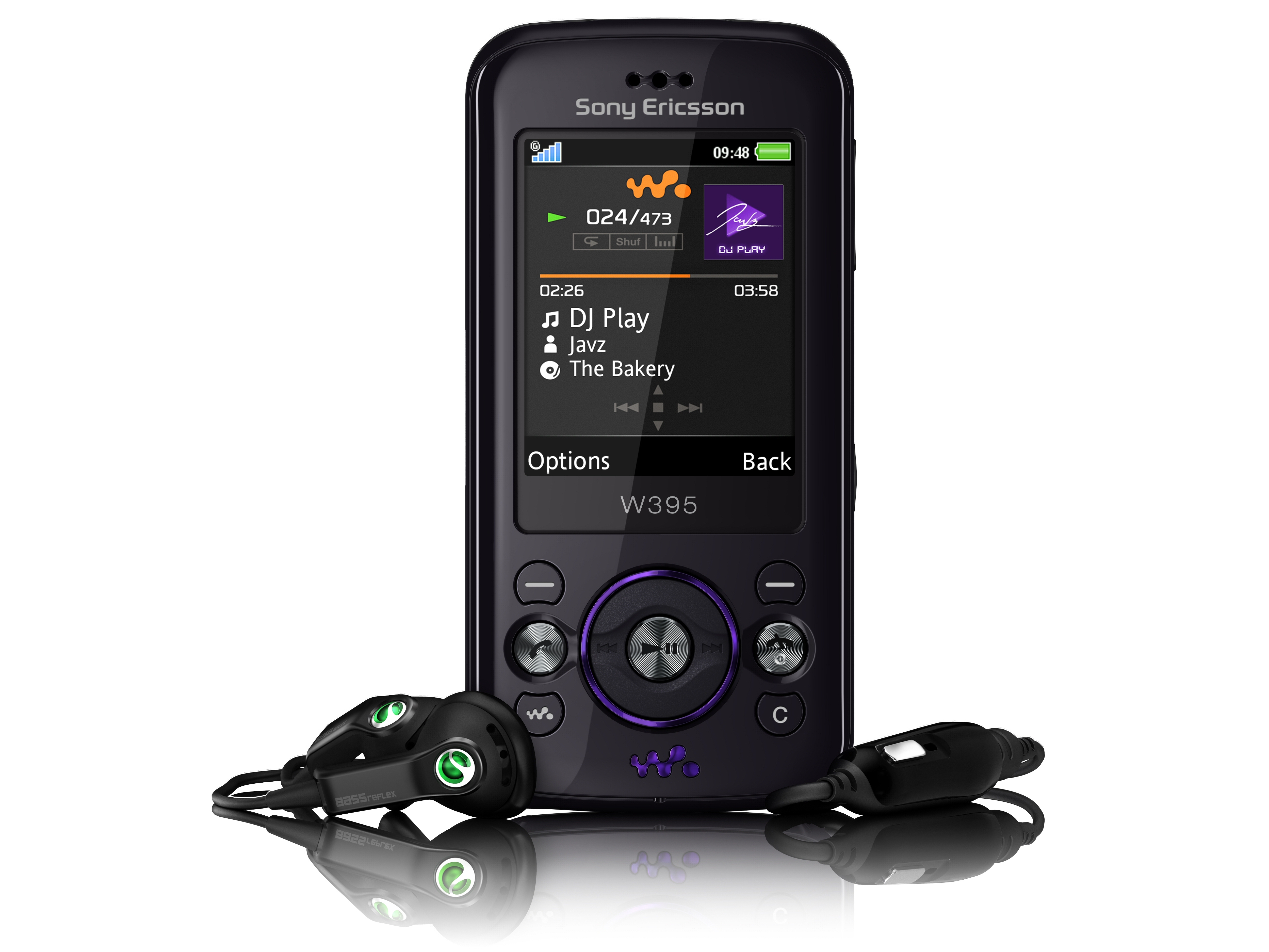Why you can trust TechRadar
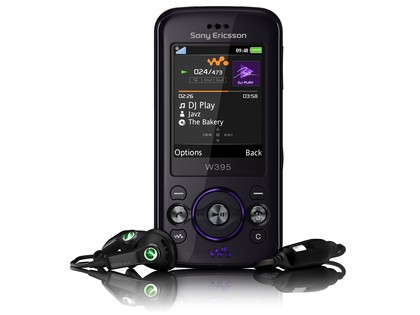
Headlining this phone, the Walkman music player software is not the same fully featured version you'll find on the higher end models, so you don't get Shake control track changing gimmickry or SensMe options among the tune categories.
Headings include artists, albums, tracks, playlists and online channels, for streamed services. The music player interface is typically neat for a Walkman phone, with an easy-to-follow menu structure decked out in moody black, orange and white.
It supports cover art where available, and there is a typical selection of equaliser settings and stereo widening options – plus a light effects option, should you really want the D-pad surround to pulse during your tune playing. This level of music player functionality doesn't really lift this Walkman phone much above others in the market.
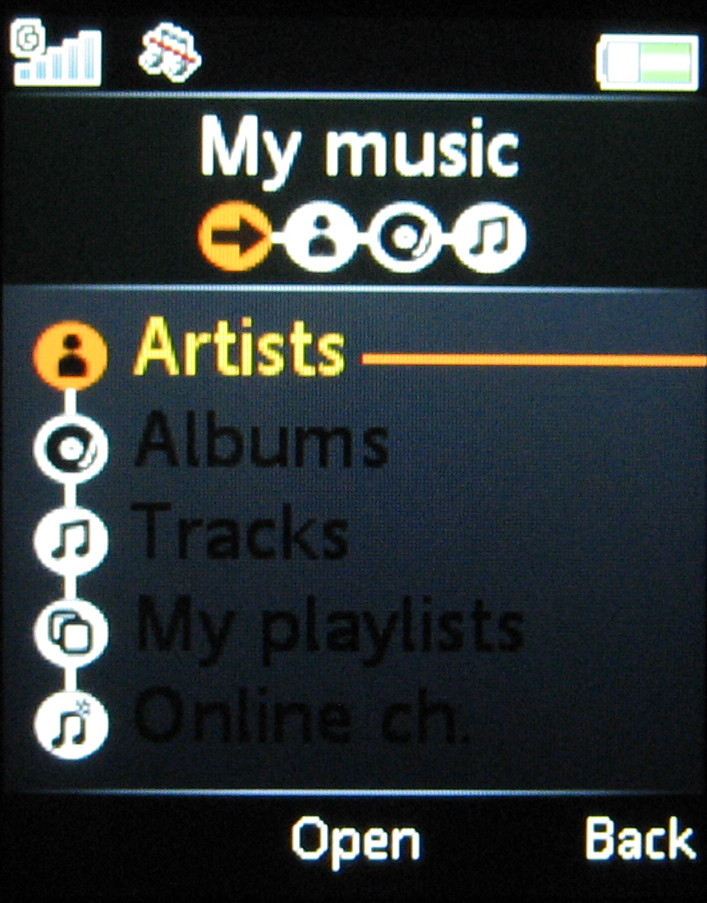
Tracks and video content can be loaded up on to the M2 card or copied from a PC using the supplied USB cable downloadable Sony Ericsson Media Manager software (see www.sonyericsson.com/support), dragged or dropped in mass storage mode or alternatively transferred via Bluetooth.
Sony Ericsson's HPM-64 stereo headset supplied in-box may not offer a 3.5mm headphone adaptor (unlike most up-range Walkman phones), but its audio performance is surprisingly good. Tunes have great presence and richness, with thumping, well-balanced bass adding to the mix. It's pretty impressive for a mobile at this sort of price tag.

Despite the performance, it's a still disappointing that there's no 3.5mm headphone socket or adaptor included though, in case you want to upgrade your earphones. You could source your own adaptor, but a music majoring handset should really offer this ear-wear flexibility as a standard in-box option.
Sony Ericsson makes much of the appeal of the W395's 'loud' stereo speakers with supposedly improved bass performance – which is sure to grab the attention of younger users who like to share their music with others.

The twin speakers on the back of the phone – which you can listen to resting the phone on its side – are certainly loud; they can be cranked up to impressive volumes. However, sound quality is still lacking in weighty bass, and although the mid- and high-end range sound reasonably clear, its overall presentation still sounds trebly and particularly harsh when the volume hits its highest levels.
Sony Ericsson's music package also includes an easy to operate FM radio; simply plug in the headphones, and you're on. It's simple to tune into stations between 87.50MHz and 108MHz, either by hunting manually or by long pressing navigation left/right keys to automatically find stations. You can also manually punch in frequencies to store. RDS is supported, and you can play tunes via the loudspeakers as well as through the earphones.
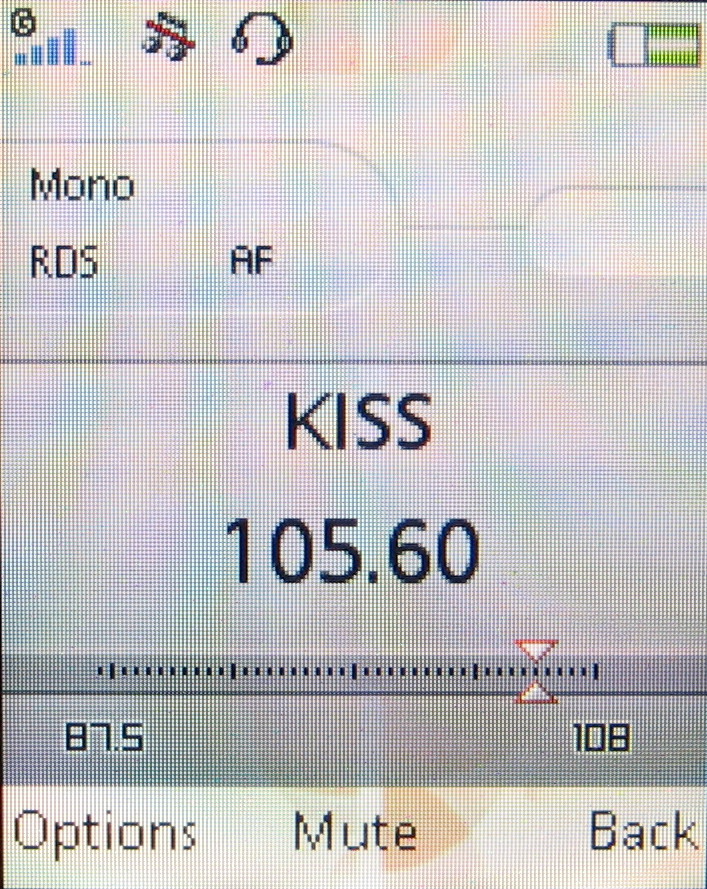
Sony Ericsson's clever TrackID song identification software is present and correct as usual in its music range. Press to grab a snippet of a song either that you hear around you or on the radio, and the app will automatically nip online to identify details of the track and provide them to you in seconds via its browser.
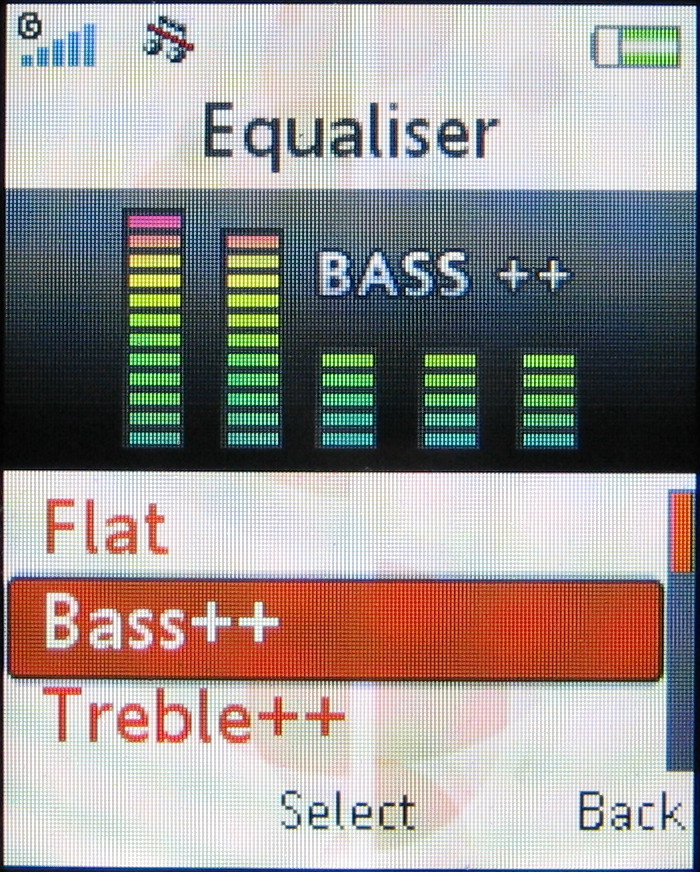
A video player function is included too for video clip playback, though the limited display means it isn't an ideal platform for extensive visual entertainment. Video streaming is supported too from web-based mobile services, but quality can be compromised by slow data connectivity.
Current page: Sony Ericsson W395: Media
Prev Page Sony Ericsson W395: Camera Next Page Sony Ericsson W395: Misc features